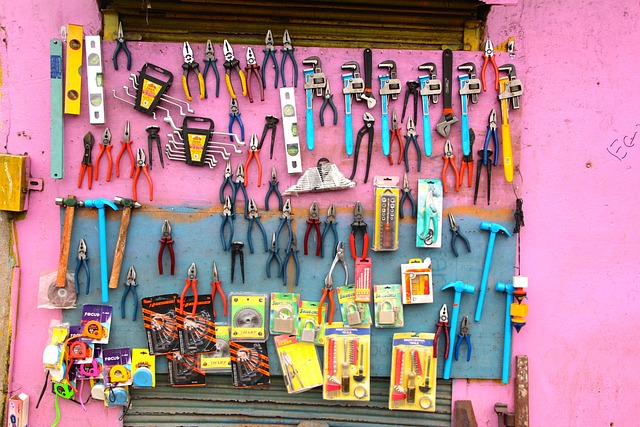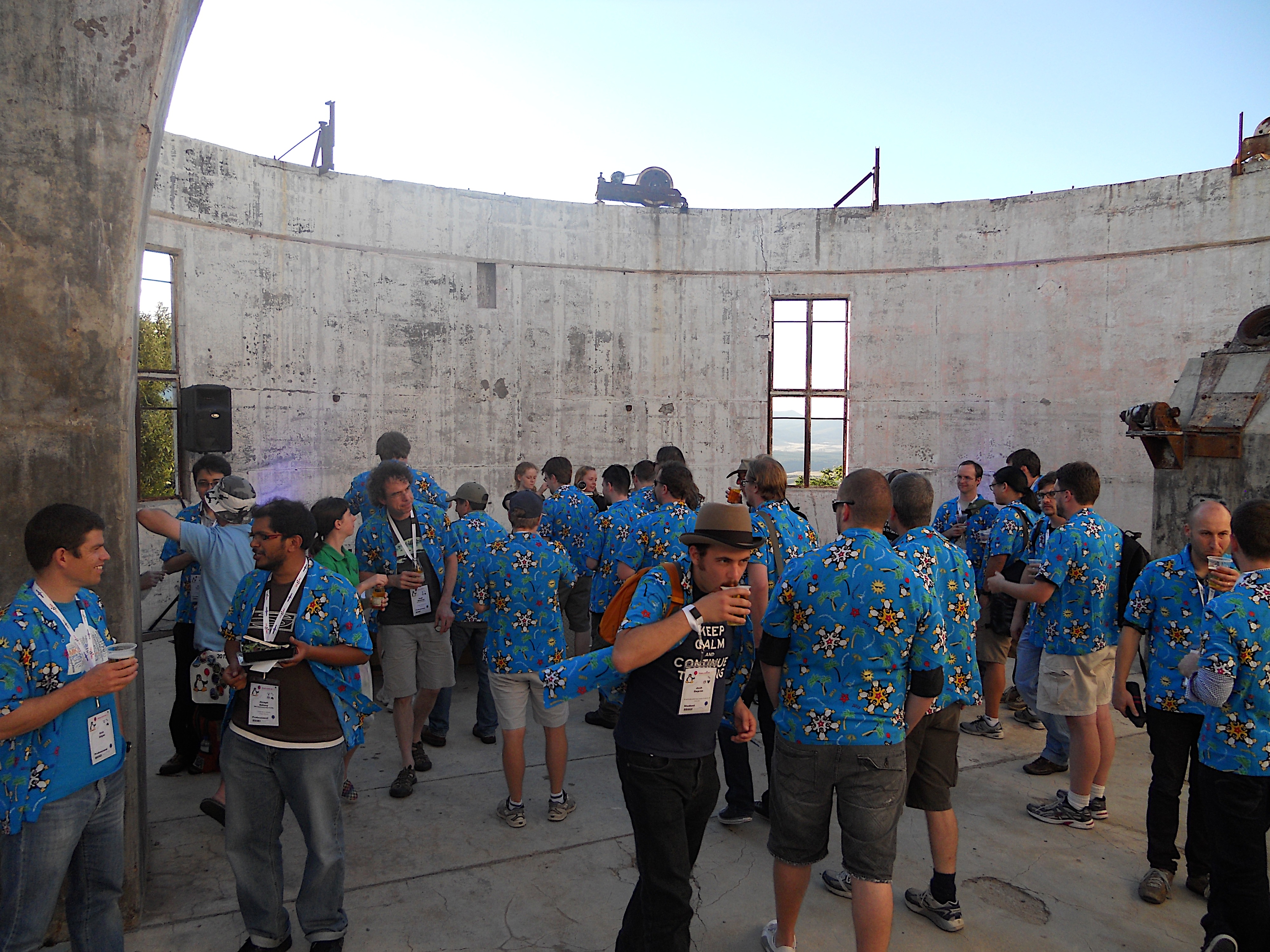For 30 years, SXSW was the same week as spring break. You could set a calendar alert by it. And then, this year, Austin ISD and the University of Texas moved spring break to the week after SX. This is not a catastrophe, but it will probably create some traffic problems—since the city will not empty out of spring break travelers. And it has definitely caused a stir from those of us who were used to a system that’s been reliable for 30 years. That got me thinking about the difficulty of change.
There’s been a shift in recent years in perspectives on change. While we all accept that, as Heraclitus said, change is the only constant, I have noticed it is still often resisted. We have a tendency to yearn for the “Good old days” when people acted in a way that we expect, or rules remained intact. Or, you know, spring break was the same week as SX. In recent years, there’s been an effort to put a surface positive spin on change. We encourage people to embrace change and we wax eloquent about the wonder of disruption and innovation. In that mentality we gloss over the fact that humans—much as we might wish otherwise—are beings with emotions and often grieve about things changing.
Change Evokes Grief
You may recall that the five stages of grief are:
- Denial
- Anger
- Bargaining
- Sadness
- Acceptance
Every time your business or your industry goes through a major change, somebody experiences these five stages. And it’s not a one-and-done experience. Sometimes they have to loop through several, or all of them, again and again until they become okay with the change.
Let’s say you used to operate on a system of promoting people based on their time with the company, a tenure-based system, and now you’ve moved to performance based. Some people have put in years waiting for that tenure to kick in and they feel robbed. This might be a great change for your company, but for the employee, personally, it feels like a defeat. You might move your office structure from an open space to cubicles—or vice versa. Or change your bonus structure. Whatever it is, some employees are going to feel like they’ve invested in the old system and now they’re disoriented.
Obviously, you have to make the decisions for your business that you think will yield the best results and you can’t be a personal counselor to everyone who has a problem with the new system. But it’s also important to recognize that for some people, the change will feel like a personal loss. That fact will create friction, which will impact the company. Mitigating that friction is good for you, good for the employees, and good for the company overall.
A Funeral for The Old Way of Doing Things
You’ve heard that, when it comes to change, you need to communicate the change early and communicate about it often in order to make change good. But you also might consider having some sort of ceremony, an Irish wake, if you will. “The old bonus plan died. We’re going to have a really nice burial for it and move on.” You might not see the change as a loss but acknowledge that some people will. Have you ever lost a pet, or gone through a move, or ended a relationship and had people around you act like it’s no big deal? It just makes moving past it harder. Make an effort to acknowledge that some people will experience a loss with this change, and help them by partnering with them in that loss.
Once you’ve done that, it’s the employee’s job to find a way to move on. Some people will be more successful at this than others. People process grief differently. Sometimes people can experience a loss and it takes 20 years to actually process what happened. But no one is suggesting you deal endlessly with an employee in melt-down mode. This is where your Employee Assistance Program can come in handy. If someone is really struggling with the change, recommend they talk to someone one-on-one. Chances are the change is triggering fears or stories they carry with them and they just need a clear perspective on what’s really happening.
Once upon a time, some managers pretended employees didn’t have emotions. That also meant people weren’t bringing their best selves to the team. A good leader makes room for emotions during stuff like change. That helps everyone move on. We have worked with this situation a lot. If you’d like help, call us!



